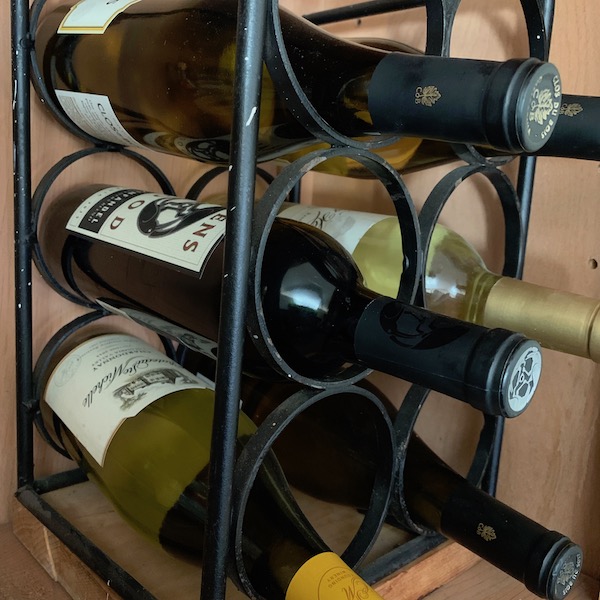What is the Proper Temperature to Store Red Wine?
Optimal Wine Storage Temperature
Question:
What is the Proper Temperature to Store Red Wine?
What
is the best temperature for storing wine?
Do different wines store better at different
temperatures?
Answer:
Proper storage
temperature for red wine is considered to be 55°F.
Red wine is generally also served at this same
storage temperature. Although proper wine storage
temperatures vary depending upon the type of wine
being stored, this temperature is acceptable (but
not optimal) for all wines. Below is a chart
presented in order to keep to keep the average wine
drinker honest.

Optimal Wine Storage Temperatures
Wine Storage Temperatures
| Wine | Temperatures | Notes |
|---|---|---|
| Big reds – Bordeaux, Zinfandel, Chianti, Burgandy, Cabernet, Port | 55°- 65° | This higher temperature helps to mellow the tannins while diminishing the bitter attributes, which will begin to show when red wines are kept at too cool of a temperature. |
| Full body white wines – Chardonnay, Viognier, light fruity red wines (like Beaujolias and Pinot Noir), vintage champagnes | 50°- 60° | This temperature allows all the nuances of full bodied whites to shine and allows fruity reds to be refreshing. |
| White Dessert Wines, Reisling, Sauvignon Blanc, Pinot Grigio | 45°- 55° | These wines can be overly sweet when warm. Storing them in this temperature range keeps them balanced. They will maintain their acidity here and their fresh aroma. |
| Sparkling wine, Ice wine, Rosé | 35°- 45° | If sparkling wines and cheap champagnes are not kept cool enough, the bubbles will become frothy rather than fine. If you need to celebrate quickly, don’t use the freezer. Instead, fill a bucket with ice and water and immerse the bottle for an hour. |
Wine Storage Considerations
Even more important than the storage temperature
of wine is the consistency of wine storage.
Think you’ll have it for dinner then change
your mind and place it back into storage for another
day? Not a good practice! The expansion and
contraction of the liquid wine with the change in
temperature can cause leakage. Leakage from a bottle
does not necessarily mean that the wine is ruined,
but can cause flavor changes and a mess.
Don’t ever freeze wine.
This extreme expansion of the liquid could cause the
cork to pop!
Don’t shake a bottle of wine.
This will cause any sediment (especially with red
wines) to be mixed back into the wine.
Keep wine away from light.
Sunlight and artificial light cause wine to
age before its time.
Keep wine on its side for long term
storage.
For short term storage, it’s fine to stand the
bottles up. It’s also fine to stand bottles
that have plastic corks or metal screw tops at all
times. The reason wines are stored on their sides
long term is to keep the corks from drying out.
How does weather affect wine?
– Extremely dry conditions can dry out
the cork causing it to shrink and then the bottle
may leak.
– Extreme humidity (outside of
the 50-80% range) can also be problematic for wines.
Extememely moist conditions could cause the labels
to grow mold, but the wine inside should remain
fine.
Storing wine at an optimal temperature will help to increase it’s shelf life and should provide for optimal wine enjoyment when the bottle is opened.

What is the Proper Temperature to Store Red Wine?
Additional Information
To find out how long wine lasts, see our wine page.
Find out why boxed wine comes with an expiration date when bottles do not.
Want to save opened champagne for another night? Check this out.
Need ideas to use up some old wine? See this post on old wine.
Can’t bear to throw out a bottle that is emptied of wine but still full of memories? Check out this bottle craft.










